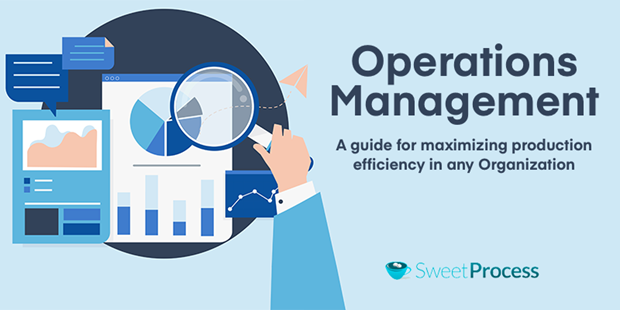
Implementing new technologies and equipment in production operations can bring significant benefits to businesses, including increased efficiency, improved productivity, and enhanced competitiveness. However, a successful implementation requires careful planning and execution to ensure a smooth transition and minimize disruptions. Here are some best practices to follow:
1. Conduct Thorough Research and Evaluation
Before implementing new technologies or equipment, conduct thorough research to understand their capabilities, compatibility with existing systems, and potential impact on production operations. Evaluate different options, consider the specific needs of your business, and choose solutions that align with your goals.
2. Create a Detailed Implementation Plan
Develop a comprehensive implementation plan that outlines the specific steps, timeline, and resources required for the integration of new technologies or equipment. Clearly define roles and responsibilities, allocate necessary budget and resources, and establish realistic milestones to track progress.
3. Involve Stakeholders and Seek Expert Advice
Engage key stakeholders, including production managers, operators, and IT personnel, in the decision-making process. Seek their input and address any concerns or resistance to change. Additionally, consult with technology vendors or industry experts who can provide valuable insights and guidance throughout the implementation.
4. Provide Adequate Training and Support
Invest in training programs to ensure that employees are well-equipped to operate and utilize the new technologies or equipment. Provide hands-on training, user manuals, and ongoing support to address any challenges or questions that may arise during the transition period. Empower employees to embrace the changes and actively participate in the implementation process.
5. Conduct Pilot Testing and Incremental Rollouts
Prior to full-scale implementation, consider conducting pilot tests to validate the functionality and effectiveness of the new technologies or equipment. Identify any potential issues or areas for improvement and make necessary adjustments. Gradually roll out the changes in phases to minimize disruptions and allow for smooth adaptation.
6. Monitor Performance and Evaluate Results
Continuously monitor the performance of the implemented technologies or equipment. Track key performance indicators (KPIs) related to productivity, efficiency, quality, and cost-effectiveness. Evaluate the results against the initial objectives and make adjustments as needed to optimize performance and achieve desired outcomes.
By following these best practices, businesses can navigate the implementation of new technologies and equipment more effectively, ensuring a seamless transition, minimizing disruptions, and maximizing the benefits to production operations.






0 Comments